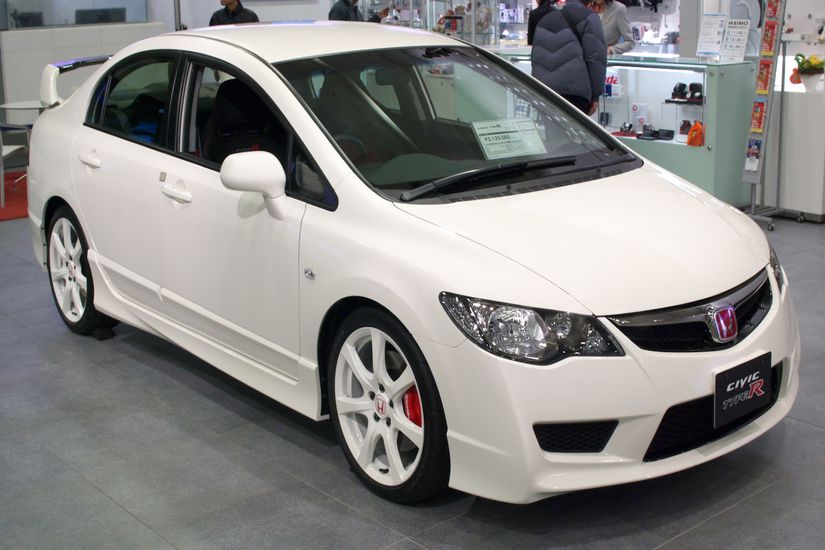That Old Car Smell
The family car means different things to everyone. For some generations, it's a wood-paneled station wagon. For others, it's a blocky minivan with juice stains in the middle row. More recently, it's evolved from SUVs the size of small buildings to crossover SUVs with fuel efficiency similar to a sedan. We took a look back over the past half-century of family vehicles and found a solid 50 that stand out as the iconic family cars of their time, including one model that's coming back — albeit in a much different form — after 45 years.



























































